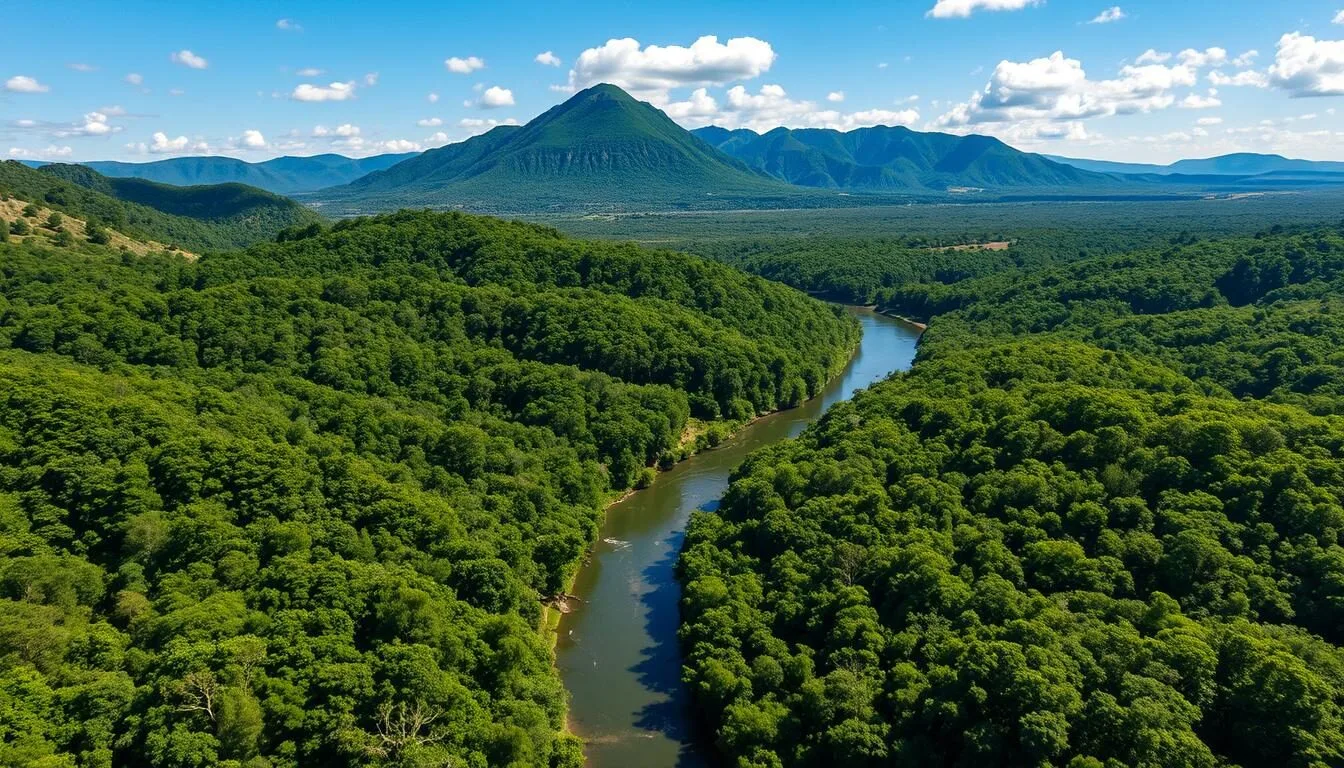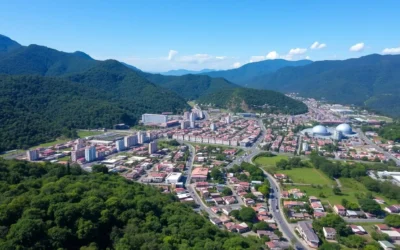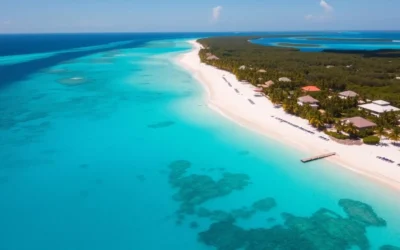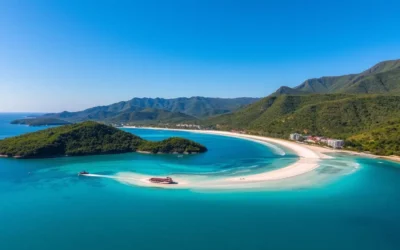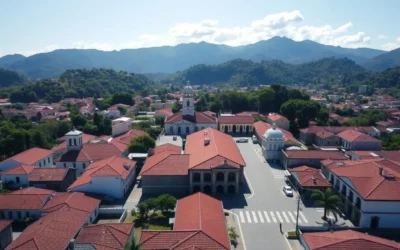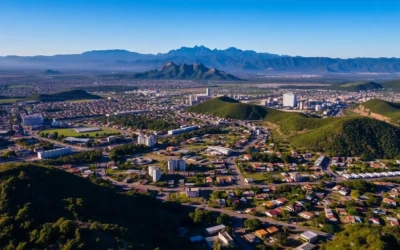About Patuca National Park
Established in 1999, Patuca National Park protects a significant portion of the Honduran Mosquitia, one of the largest remaining rainforests in Central America. The park is named after the mighty Patuca River, Honduras’ longest waterway, which flows through its heart.
The park serves as a critical ecological corridor, connecting several protected areas in eastern Honduras. It’s home to an astonishing variety of wildlife, including jaguars, tapirs, harpy eagles, and countless species of birds, reptiles, and amphibians. The area also holds cultural significance as the ancestral land of indigenous Tawahka, Pech, and Miskito peoples.
Despite its ecological importance, Patuca National Park faces significant conservation challenges, including deforestation and illegal settlement. Sustainable tourism offers one pathway to support conservation efforts while providing economic opportunities for local communities.

Getting There & Planning Your Journey
Reaching Patuca National Park requires some advance planning, as it’s located in a remote region of eastern Honduras. The journey is part of the adventure and offers a glimpse into rural Honduran life.
By Air
The most convenient way to reach the Patuca region is to fly into Tegucigalpa’s Palmerola International Airport, then take a domestic flight to Catacamas or other nearby towns. From there, you’ll need to arrange ground transportation to the park entrance.
Find the Best Flight Deals
Compare prices from major airlines to Honduras and book your tickets today.
By Land
From Tegucigalpa, you can take a bus to Catacamas, which takes approximately 4-5 hours and costs around $5 USD. Once in Catacamas, you’ll need to hire a local guide with a 4×4 vehicle to reach the park entrance, as roads can be challenging, especially during the rainy season.
Rent a 4×4 Vehicle
For maximum flexibility, consider renting a rugged vehicle for your adventure.
By River
For the truly adventurous, it’s possible to access parts of the park via the Patuca River. Boat transportation can be arranged in local communities, offering a unique perspective of the park’s ecosystem. This option requires more time and local connections but provides an authentic experience.
Important: Regardless of how you choose to reach Patuca National Park, it’s essential to arrange your trip with a reputable local guide or tour operator who knows the area well. The remote nature of the park means services are limited, and navigation can be challenging.

Best Time to Visit & Weather Tips
Honduras has a tropical climate with distinct wet and dry seasons that significantly impact travel conditions to Patuca National Park.
Dry Season (January-April)
The dry season, from January to April, is generally considered the best time to visit Patuca National Park. During these months, you can expect:
- Average temperatures of 25-32°C (77-90°F)
- Minimal rainfall, making trails more accessible
- Better conditions for wildlife viewing
- Easier river navigation
- Less risk of weather-related travel disruptions
Wet Season (May-December)
The wet season runs from May through December, with the heaviest rainfall typically occurring between June and October. During this period:
- Expect daily afternoon showers and occasional heavy downpours
- Temperatures range from 23-30°C (73-86°F)
- Trails can become muddy and difficult to navigate
- Rivers may swell, making some crossings dangerous
- The landscape becomes incredibly lush and vibrant
- Fewer visitors means more solitude
“The best time to see migratory birds in Patuca is during the transition periods—late April and early November—when species are moving between their summer and winter territories.”
Weather Advisory: Weather patterns can be unpredictable, especially with climate change impacts. Always check current conditions before your trip and pack accordingly. During the wet season, be prepared for potential travel delays due to road conditions or flooding.

Getting Around Locally
Once you’ve reached Patuca National Park, navigating within this vast wilderness requires local knowledge and appropriate transportation methods.
Guided Tours
The most recommended way to explore Patuca National Park is with a knowledgeable local guide. Guides can be arranged through tour operators in larger cities or through community-based tourism initiatives in villages near the park.
Find Guided Tours
Discover expert-led excursions that showcase the best of Patuca National Park.
Hiking
Several hiking trails of varying difficulty levels exist within the park. These range from short interpretive walks to multi-day treks. Due to the remote nature of the park and limited trail markings, hiking should only be done with a guide familiar with the area.
River Travel
The Patuca River serves as a natural highway through the park. Traditional dugout canoes (cayucos) and motorized boats are used by local communities and can be arranged for tourist transportation. River journeys offer unique perspectives of the park’s ecosystems and wildlife.
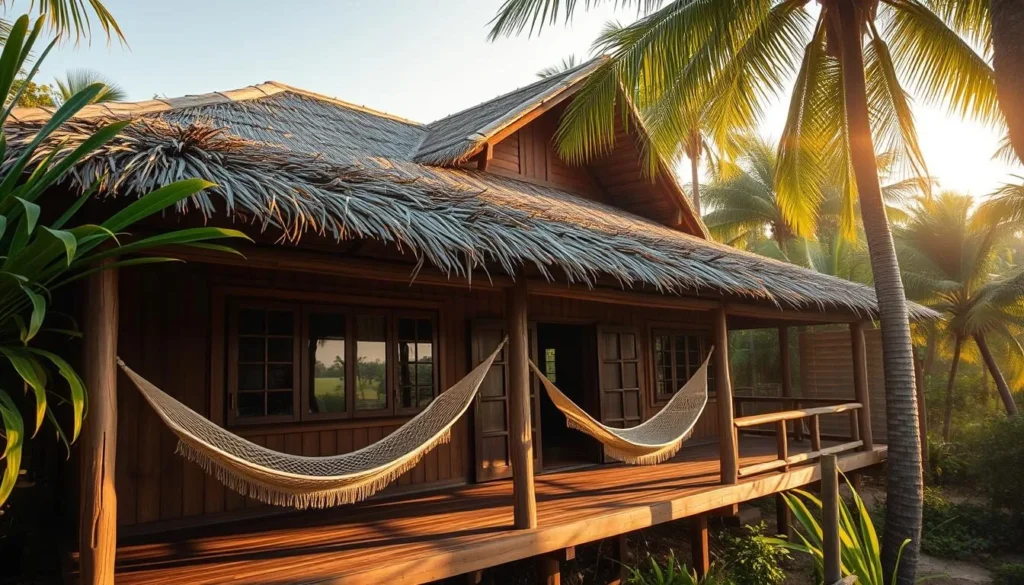
Where to Stay
Accommodation options within and around Patuca National Park are limited but offer authentic experiences that connect visitors with the natural environment and local culture.
Find Accommodation Near Patuca
Book your stay at eco-lodges and hotels in the Patuca region.
Eco-Lodges
A few eco-lodges operate on the periphery of the park, typically in partnership with local communities. These lodges offer basic but comfortable accommodations with amenities like:
- Private or shared rooms with mosquito nets
- Communal dining areas serving local cuisine
- Shared bathroom facilities
- Solar power for limited electricity
- Guided excursions into the park
Prices typically range from $30-60 USD per night, often including meals.
Community Homestays
Several indigenous communities offer homestay experiences where visitors can stay with local families. This immersive option provides cultural insights while supporting community-based tourism initiatives. Expect:
- Basic accommodations in family homes
- Traditional meals prepared by your host family
- Cultural exchange opportunities
- Insights into traditional ways of life
- Potential language barriers (Spanish or indigenous languages)
Costs range from $15-25 USD per night, typically including meals.
Camping
For the adventurous traveler, camping is possible within designated areas of the park. This option requires:
- Bringing all necessary camping equipment
- Arranging permits in advance
- Hiring a local guide (mandatory)
- Proper food storage to avoid wildlife encounters
- Leave-no-trace camping practices
Camping permits cost approximately $5-10 USD per night, plus guide fees.
Advance Booking Essential: Due to limited accommodation options and the remote location, it’s crucial to arrange your stay well in advance. Most lodges and homestay programs require booking at least 1-2 months before your visit.
Dining & Local Cuisine
Culinary experiences in and around Patuca National Park reflect the region’s cultural diversity, with influences from indigenous traditions and Honduran cuisine. Most meals are prepared with locally sourced ingredients, offering fresh and authentic flavors.
Where to Eat
Dining options within the park area are limited to:
- Meals provided by eco-lodges and homestays
- Community-run eateries in villages near the park
- Camp cooking for those on multi-day expeditions
Local Specialties
While visiting Patuca National Park, be sure to try these regional specialties:
River Fish Dishes
The Patuca River provides a variety of freshwater fish that feature prominently in local cuisine. Popular preparations include:
- Pescado Frito – Whole fried fish seasoned with local herbs and lime
- Sopa de Pescado – Fish soup with root vegetables and coconut milk
- Tapado – Seafood stew with coconut broth, a specialty in coastal communities
Traditional Staples
Meals typically include these Honduran staples:
- Baleadas – Flour tortillas filled with beans, cream, and cheese
- Casamiento – Rice and beans cooked together
- Tajadas – Fried plantain chips, often served as a side dish
- Tortillas – Corn tortillas made fresh daily
“The food in Mosquitia is simple but delicious. Everything is fresh—fish caught that morning, vegetables harvested from family gardens, and fruits picked straight from the trees.”
Dietary Considerations: Vegetarian options may be limited in this region, where protein often comes from fish or occasionally chicken. If you have specific dietary requirements, communicate these when booking your accommodation and consider bringing supplementary food items.
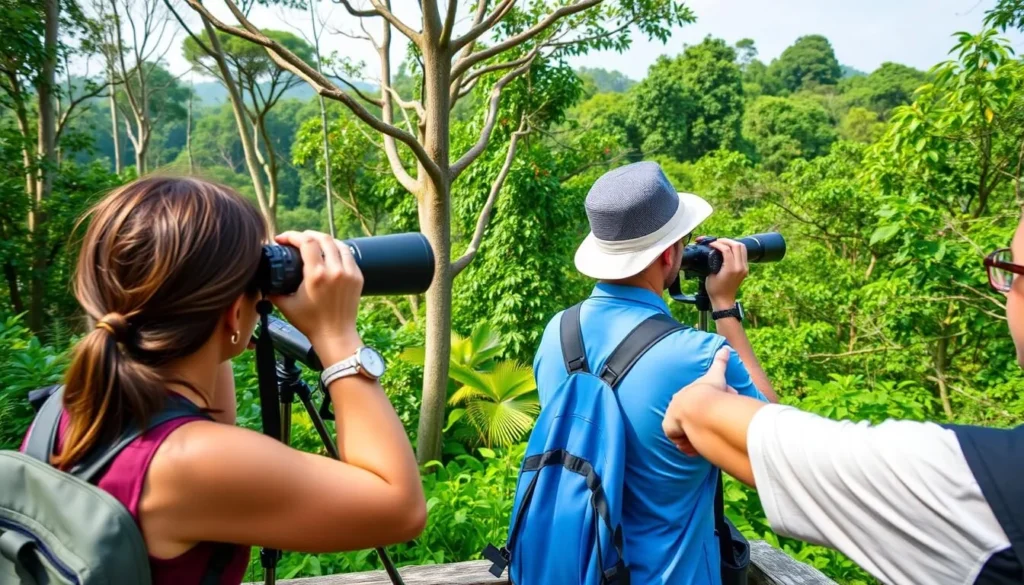
Attractions, Sightseeing & Activities
Patuca National Park offers a wealth of natural attractions and activities for the adventurous traveler. From wildlife viewing to cultural experiences, the park provides opportunities to connect with one of Central America’s most biodiverse regions.
Book Guided Experiences
Discover the best guided tours and activities in Patuca National Park.
Wildlife Viewing
Patuca National Park is home to an incredible diversity of wildlife, including:
- Over 400 bird species, including the endangered scarlet macaw
- Large mammals such as jaguars, pumas, and Baird’s tapirs
- Several monkey species, including howler and spider monkeys
- Reptiles like the basilisk lizard and various snake species
- Countless insect species, including colorful butterflies
Early morning and late afternoon offer the best wildlife viewing opportunities. Guided tours with experienced naturalists significantly increase your chances of spotting elusive species.
River Experiences
The Patuca River is the lifeblood of the park and offers various activities:
- Boat tours through different ecosystems
- Fishing excursions with local guides
- Swimming in designated safe areas
- Kayaking and canoeing adventures
- Multi-day river expeditions
River journeys provide access to remote areas of the park while offering chances to spot wildlife coming to the water’s edge.
Hiking & Trekking
Several trails within the park cater to different fitness levels:
- Short interpretive walks highlighting local flora
- Day hikes to waterfalls and viewpoints
- Multi-day treks through varied ecosystems
- Specialized bird-watching trails
All hiking should be done with qualified guides who can interpret the environment and ensure safety in this remote wilderness.

Cultural Experiences
The indigenous communities living in and around Patuca National Park maintain rich cultural traditions. Visitors can experience:
- Community visits with cultural demonstrations
- Traditional craft workshops (basket weaving, pottery)
- Music and dance performances
- Medicinal plant walks with local healers
- Agricultural demonstrations of traditional farming methods
Responsible Tourism: When participating in cultural activities, remember you’re a guest in these communities. Follow local customs, ask before taking photographs, and support community initiatives through fair payment for services and crafts.
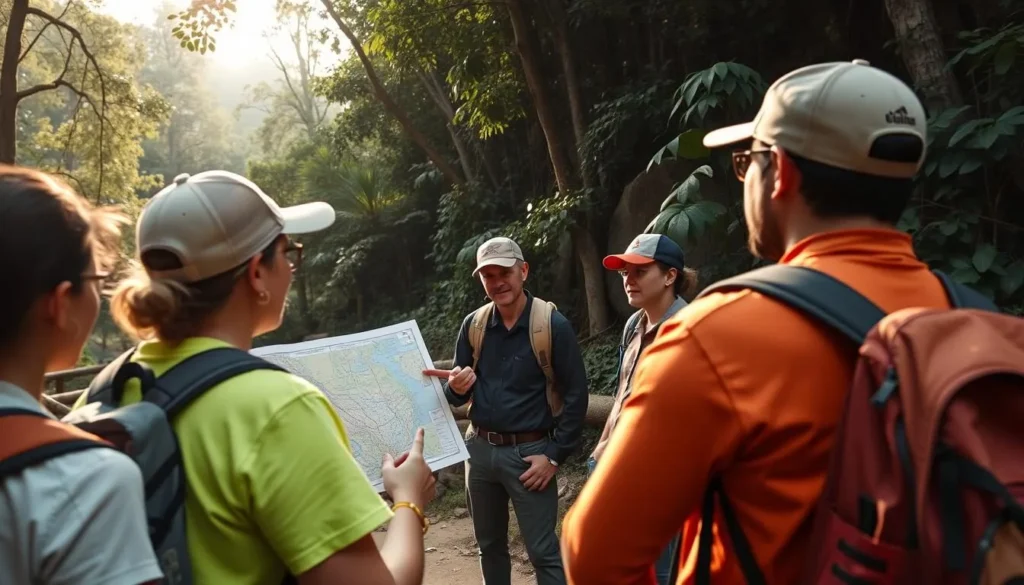
Safety, Etiquette & Local Customs
Visiting Patuca National Park requires preparation and awareness of safety considerations, local customs, and appropriate behavior in this remote wilderness area.
Safety Tips
- Always travel with a guide – The remote nature of the park and limited infrastructure make solo travel inadvisable.
- Health precautions – Consult a travel doctor before your trip for recommended vaccinations and medications.
- Insect protection – Bring high-quality insect repellent and consider treating clothing with permethrin.
- Water safety – Drink only purified or bottled water and carry water purification methods.
- Emergency communication – Cell service is extremely limited; consider renting a satellite phone for emergencies.
- First aid – Bring a comprehensive first aid kit, as medical facilities are distant.
Cultural Etiquette
When interacting with local communities, observe these guidelines:
- Ask permission before taking photographs of people
- Dress modestly, especially when visiting communities
- Learn basic Spanish phrases to facilitate communication
- Respect traditional practices and ceremonies
- Follow community guidelines when visiting indigenous territories
Important: Parts of eastern Honduras can experience security issues. Always check current travel advisories before your trip, register with your embassy, and follow local advice regarding safe areas and travel times.
Environmental Responsibility
Help protect this fragile ecosystem by practicing responsible tourism:
- Follow Leave No Trace principles
- Stay on designated trails
- Do not remove plants, animals, or artifacts
- Properly dispose of all waste
- Use biodegradable soaps and toiletries
- Support conservation initiatives through responsible tour operators

Practical Travel Tips
These practical considerations will help you prepare for a successful journey to Patuca National Park.
What to Pack
Essential Gear
- Lightweight, quick-dry clothing (long sleeves and pants for protection)
- Sturdy hiking boots with good ankle support
- Rain jacket and waterproof bag covers
- Wide-brimmed hat and sunglasses
- High SPF sunscreen and insect repellent
- Headlamp or flashlight with extra batteries
- Reusable water bottle and water purification method
- Basic first aid kit with personal medications
Useful Extras
- Binoculars for wildlife viewing
- Field guides to local flora and fauna
- Dry bags for river travel
- Lightweight towel and biodegradable soap
- Camera with extra batteries and memory cards
- Spanish phrasebook or translation app
- Cash in small denominations (ATMs are not available in remote areas)
Communication & Connectivity
Prepare for limited connectivity in the Patuca region:
- Cell service is minimal to non-existent within the park
- Download offline maps and information before your trip
- Consider renting a satellite phone for emergencies
- Inform someone of your itinerary before entering remote areas
Money Matters
Financial considerations for your trip:
- The Honduran currency is the Lempira (HNL)
- Bring sufficient cash for your entire stay in the park region
- Small denominations are preferred in rural areas
- US dollars may be accepted at some lodges but at unfavorable rates
- Budget extra for unexpected expenses or transportation delays
“Visiting Patuca isn’t about luxury—it’s about experiencing one of Central America’s last wild places. Come with an open mind, a flexible attitude, and a sense of adventure.”
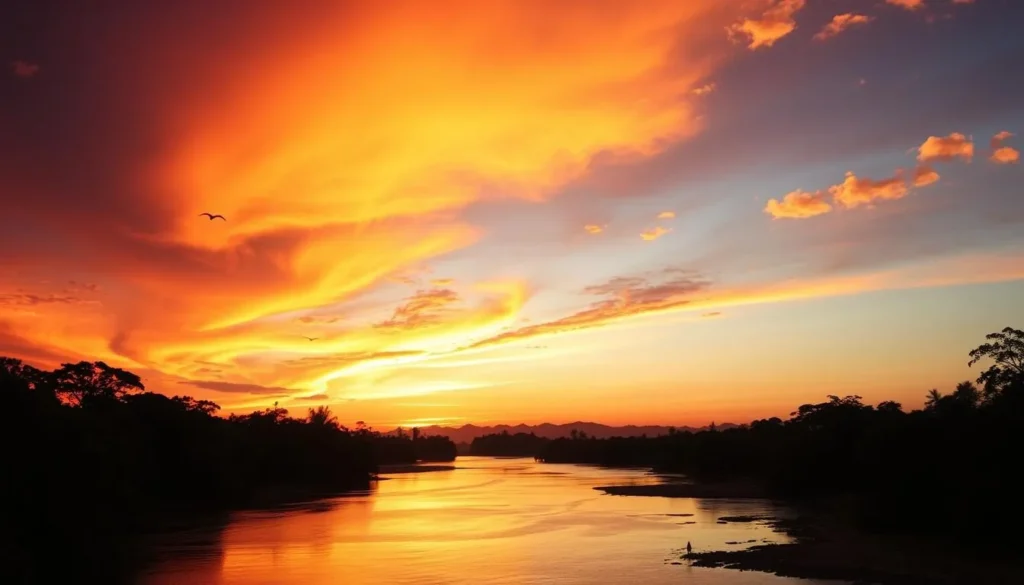
Ready for Your Patuca Adventure?
Patuca National Park represents one of Central America’s last great wilderness areas—a place where nature thrives in all its wild complexity and indigenous cultures maintain their traditional connections to the land. While visiting requires effort and preparation, the rewards are immeasurable: pristine ecosystems, remarkable biodiversity, and authentic cultural experiences far from the beaten tourist path.
By approaching your visit with respect for both the natural environment and local communities, you’ll not only have a more meaningful experience but also contribute to the conservation of this remarkable place for future generations. The challenges of reaching and exploring Patuca are part of what makes it special—a genuine adventure in an increasingly accessible world.
Start Planning Your Patuca Journey
Ready to explore one of Central America’s last wild frontiers? Begin your adventure today.
The above is subject to change.
Check back often to TRAVEL.COM for the latest travel tips and deals.
